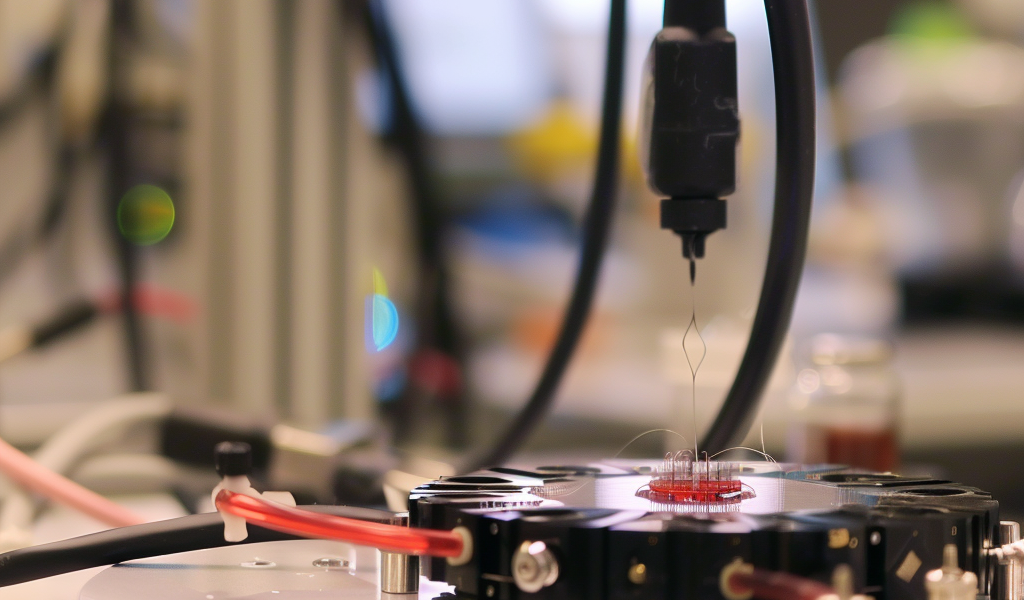MIT engineers have made a groundbreaking advancement in the field of neuroscience with the development of the ImPULS device, an implantable ultrasound technology that could revolutionize the treatment of neurological disorders such as Parkinson’s disease. This innovative device offers a minimally invasive alternative to traditional electrode-based deep brain stimulation, potentially reducing tissue damage and increasing treatment efficacy.
Deep brain stimulation, a common treatment for neurological conditions, involves the use of implanted electrodes to deliver electrical pulses to specific areas of the brain. However, these electrodes can degrade over time, leading to complications such as tissue damage and the formation of scar tissue, necessitating their removal.
The MIT research team has introduced a novel approach that utilizes ultrasound instead of electricity for deep brain stimulation. The ImPULS device, which is as thin as a human hair, has shown promising results in triggering the release of dopamine in targeted brain regions associated with Parkinson’s disease in animal studies.
Associate professor Canan Dagdeviren from the MIT Media Lab, the senior author of the study, highlighted the advantages of ultrasound-based stimulation, emphasizing its potential for precise and damage-free neural activation in deep brain regions. The device’s ultrafine design enables it to navigate the brain with minimal disruption, offering a safer alternative to conventional electrode implants.
Besides its therapeutic applications, the ultrasound-based stimulation technology holds significant promise for advancing neuroscience research by providing researchers with a versatile tool to investigate brain function. The study, led by MIT graduate student Jason Hou and postdoctoral researcher Md Osman Goni Nayeem, in collaboration with experts from MIT’s McGovern Institute for Brain Research, Boston University, and Caltech, was published in a prestigious scientific journal on June 4.





